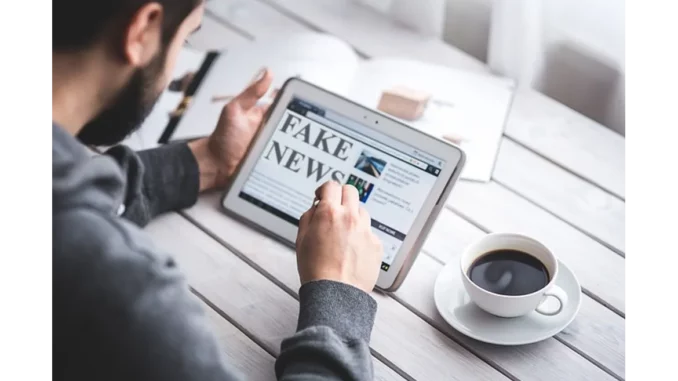
Summary
AI-Driven Deepfakes Pose Significant Threat to 2024 Global Elections
As over 60 nations, representing more than half of the global populace, prepare for pivotal elections in 2024, the potential impact of AI-generated deepfakes on electoral integrity is a mounting concern. The World Economic Forum’s 2024 Global Risks Report identifies AI-generated misinformation as the second most significant global threat, underscoring the urgency of addressing this issue. The challenge of deepfakes, manifesting through manipulated media and AI-driven misinformation, demands international attention and coordinated countermeasures.
Main Article
The Threat of Deepfakes
The rapid advancement of AI technology has facilitated the proliferation of deepfakes, which are highly realistic but fraudulent digital content. This has far-reaching implications for democratic processes worldwide. “The ability to fabricate believable content has never been more accessible,” notes Dr. Michael Tan, a leading expert in AI ethics. “Deepfakes can distort political narratives and undermine trust in democratic institutions.”
Recent statistics reveal a troubling rise in deepfake production, particularly in North America and the Asia-Pacific region, which have experienced increases of 1,740% and 1,530%, respectively. These figures highlight the growing ease with which malicious actors can create and disseminate fake content to manipulate public opinion and erode voter confidence.
Current Defences and Challenges
Governments and technology firms are actively seeking solutions to counteract the threats posed by deepfakes. Measures such as digital watermarking and content disclosure labels aim to flag AI-generated content. Regulatory frameworks, like the European Union’s Online Safety Act, impose legal obligations on platforms to remove misinformation swiftly. Similarly, the Federal Communications Commission in the United States has banned the use of AI-generated voices in robocalls, illustrating a proactive stance against AI misuse.
However, despite these efforts, the detection of deepfakes remains a formidable challenge. Current defences are often reactive rather than preventative, necessitating more robust solutions. Proposed strategies include mandatory checks on shared content and enhanced user verification processes to identify and block fraudulent digital media.
The Indian Context
In India, where elections are a vital democratic exercise, the threat of deepfakes is particularly acute. The country’s vast and diverse population, coupled with widespread digital connectivity, presents a fertile ground for AI-generated misinformation that could sway voter perceptions. Collaborative efforts involving government bodies, technology companies, and civil society organisations are critical to safeguarding the integrity of the electoral process.
Detailed Analysis
The global landscape is increasingly vulnerable to the disruptive potential of deepfakes. The democratisation of AI tools has lowered the barriers for creating convincing fake content, making it easier for malicious actors to disseminate falsehoods that can influence public sentiment. This growing threat demands a multi-faceted approach, integrating technological innovation, regulatory action, and international cooperation.
The effectiveness of current measures, such as digital watermarking, is limited by the sophistication of AI models that can bypass these defences. Moreover, regulatory actions, while necessary, often lag behind the rapidly evolving capabilities of AI technologies. As such, the development of advanced detection systems, leveraging machine learning and AI collaboration, is crucial.
Further Development
Looking ahead to 2024, the global community must remain vigilant in the face of AI-driven destabilisation efforts. As elections approach, international coalitions and alliances will need to prioritise the development of comprehensive strategies to combat deepfakes. Emerging technologies, such as blockchain for media verification, may offer promising avenues for future defence mechanisms.
In the coming months, policymakers, tech leaders, and researchers are expected to convene in forums worldwide to address these challenges. Continued coverage will delve deeper into the evolving strategies and technologies designed to protect the sanctity of democratic processes. Readers are encouraged to stay informed as this critical issue unfolds, with further analysis and expert insights to follow.

